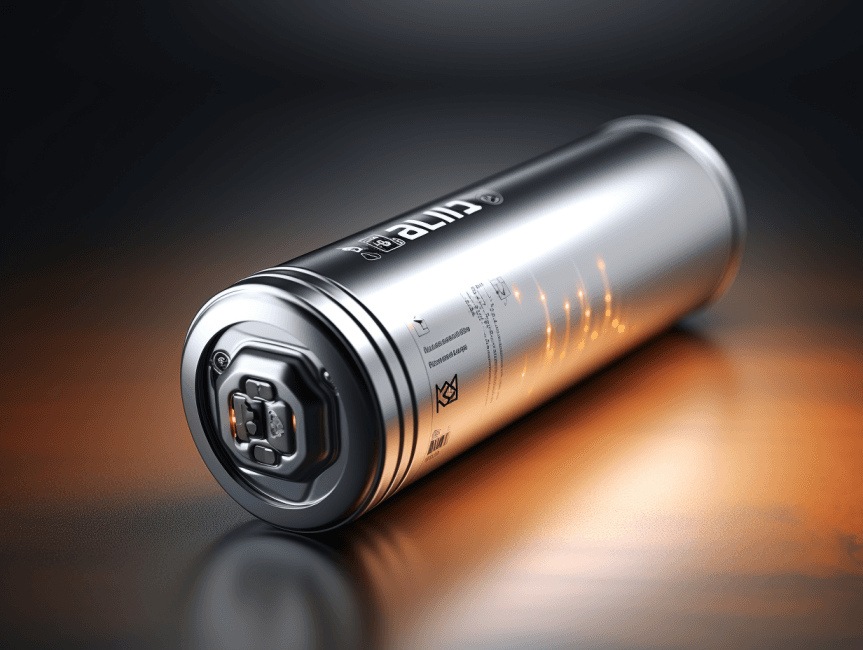
Silver Zinc Battery
The silver-zinc battery, a rechargeable electrochemical energy storage device, utilizes silver oxide (Ag2O) as the cathode, zinc as the anode, and an alkaline electrolyte. Renowned for its high energy density, particularly in demanding sectors like and aerospace, it stands as a stalwart in critical power applications. Operational via reversible electrochemical reactions, during discharge, zinc oxidizes at the anode, releasing electrons to power external devices. Simultaneously, at the cathode, silver oxide reduces, forming metallic silver. Conversely, during charging, zinc is plated back onto the anode while silver oxide regenerates at the cathode. Despite its remarkable energy density and durability, challenges such as limited cycle life and high production costs persist, driven primarily by the use of silver.
→ Silver-zinc batteries feature electrodes comprising a cathode composed of silver oxide (Ag2O) and an anode crafted from zinc, enabling reversible electrochemical reactions during charge and discharge cycles.
→ An alkaline electrolyte solution, often potassium hydroxide (KOH) or sodium hydroxide (NaOH), facilitates efficient ion transport between the cathode and anode, optimizing battery performance.
→ Silver-zinc batteries boast exceptional energy density, offering prolonged power supply in compact form factors, making them ideal for weight-sensitive applications such as aerospace and equipment.
→ These batteries exhibit extended cycle life, capable of enduring numerous charge and discharge cycles without significant capacity degradation, ensuring reliable long-term operation.
→ Silver-zinc batteries provide relatively high voltage outputs, typically ranging from 1.5 to 1.8 volts per cell, depending on the specific battery configuration and application requirements.
→ They can be tailored into various geometries, including cylindrical, prismatic, or pouch cells, allowing for versatile integration into different devices and systems.
→ It may exhibit temperature sensitivity, requiring careful thermal management to maintain optimal performance and prolong battery lifespan, especially in extreme operating conditions.
→ Silver-zinc batteries support rapid charging technologies, enabling quick replenishment of energy reserves, essential for time-critical applications such as medical devices or emergency equipment.
→ Silver-zinc batteries excel in high-power applications due to their ability to deliver bursts of energy efficiently, making them suitable for use in pulse power applications, such as defibrillators or radar systems.
→ Silver-zinc batteries offer extended shelf life, retaining a significant portion of their charge capacity even after prolonged storage periods, ensuring readiness and reliability when needed.